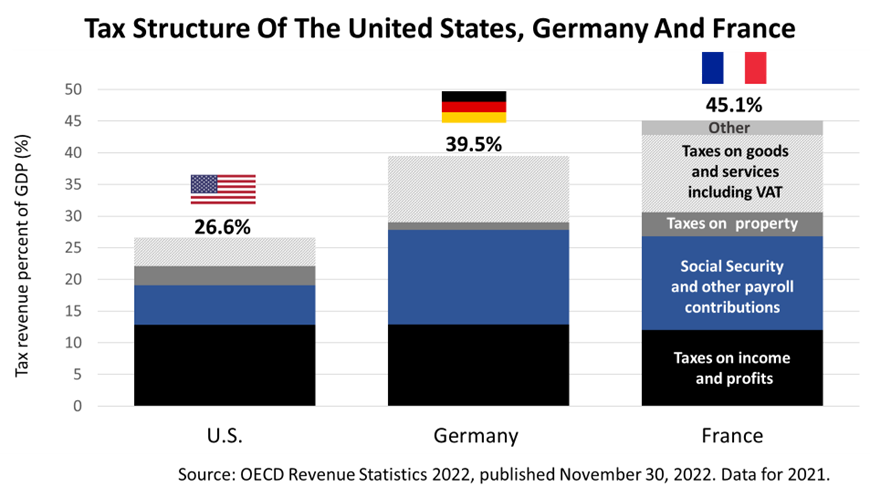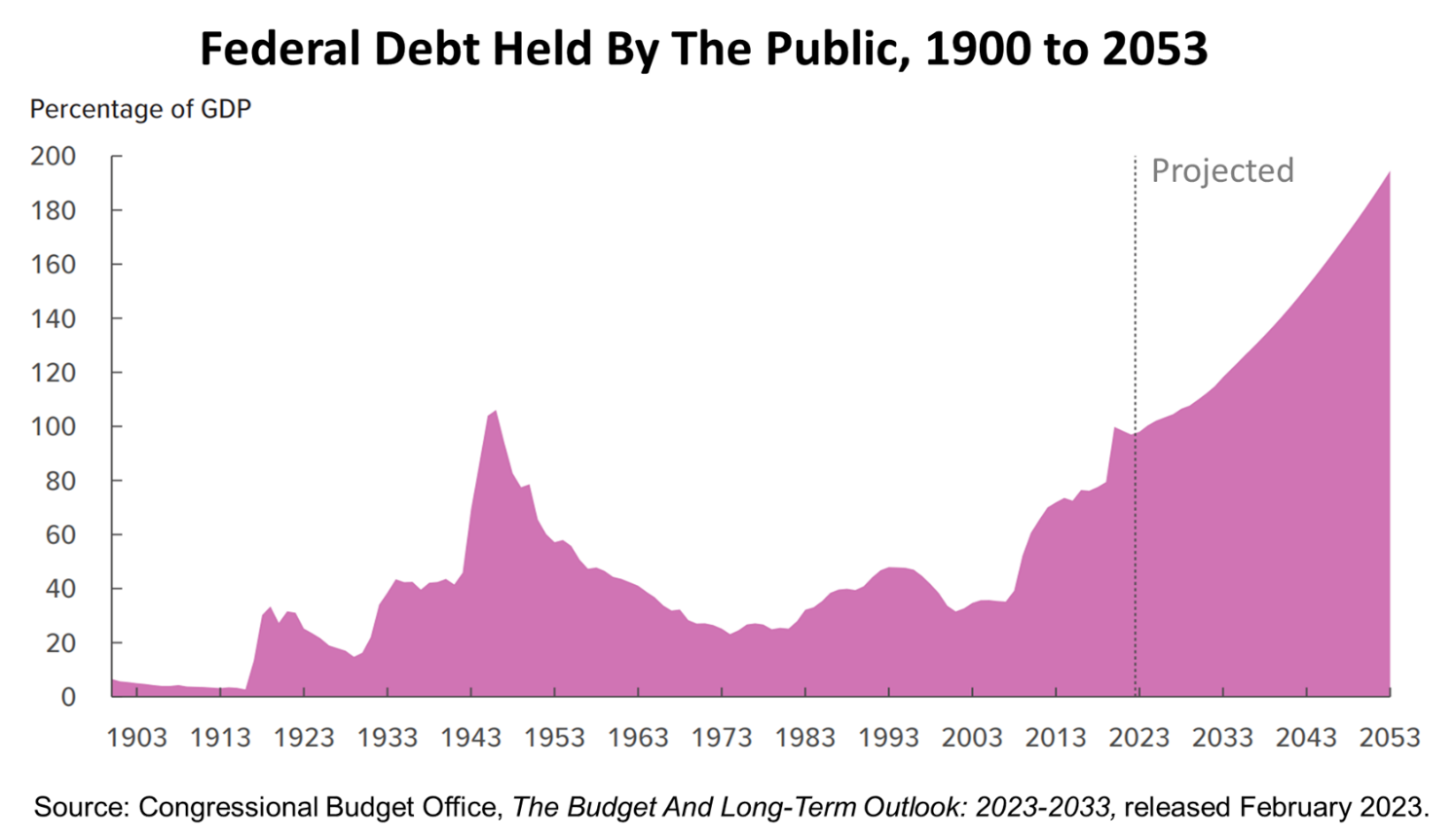Financial Briefs
Email This Article To A Friend
What Investors Need To Know About The Debt Ceiling
 For months, the debt ceiling problem has sounded ominous. With a make-or-break deadline nearing, here’s a dispassionate summary of what’s going on.
For months, the debt ceiling problem has sounded ominous. With a make-or-break deadline nearing, here’s a dispassionate summary of what’s going on.
To start, remember this famous quote: “Americans can always be relied upon to do the right thing — having first exhausted all possible alternatives.” Often mistakenly attributed to Winston Churchill, scholars say Israeli diplomat Abba Eban is the correct source of the quote. Regardless of who said it, the statement has been accurate since 1776, and it is wise for investors to plan on having it apply to resolving the debt ceiling. This is not to say the national debt limit is not a serious threat to U.S. financial stability.
In fact, the debt problem already has made investment markets nervous. The spread between the yield on a one-month and three-month Treasury bill recently surged like never before. The yield on the two short-term instruments historically stayed in lockstep. Which makes sense. The only difference between the 90-day versus 30-day T-bill is how long you must hold them to collect your yield. So, they should have almost the same yield. But fear of the debt ceiling problem has sent the price of a 30-day T-bill skyrocketing versus the 90-day issue.
Wall Street — mutual funds, pension funds, and other institutional investors — are acting rationally because there is a chance something could go wrong, if America waits too long to do the right thing and agree on a debt limit putting the nation on stronger financial footing.
Exactly when the government will run out of cash is uncertain. Depending on accounting tactics, it could be in June or not until September. Wall Street is also nervous that a debit limit agreement will come at the last moment possible and accidentally cause the U.S. Treasury to be late in meeting some of its obligations.
The politics are complicated by the financial cliff projected by the non-partisan Congressional Budget Office. In 2023, the Federal debt held by the public is equal to 98% of U.S. gross domestic product but projected to reach 118% of GDP in 2033. That’s higher than ever before. Moreover, from 2034 to 2053, the federal debt is expected to equal 195% of GDP. At that point, interest payments on the debt would dig the country into a financial hole it cannot climb out of.
How can the problem be solved? A tax increase could do it, but no one wants higher taxes. Nonetheless, it’s worth noting that raising the federal tax burden by 2% would divert the U.S. from the impending fiscal cliff, according to independent economist Fritz Meyer. He says the tax burden in American is substantially lower than in other wealthy nations, such as Germany and France. To be clear, a permanent resolution to the debt limit crisis, that’s dogged the nation in recent years, is not so hard to engineer.
Although we’d like to think America will once again do the right thing after exhausting all possible alternatives, we will be closely monitoring the debt ceiling situation and its impact on investment prices. Feel free to contact us with any questions or comments.
Nothing contained herein is to be considered a solicitation, research material, an investment recommendation, or advice of any kind, and it is subject to change without notice. Any investments or strategies referenced herein do not take into account the investment objectives, financial situation or particular needs of any specific person. Product suitability must be independently determined for each individual investor. Tax advice always depends on your particular personal situation and preferences. You should consult the appropriate financial professional regarding your specific circumstances. The material represents an assessment of financial, economic and tax law at a specific point in time and is not intended to be a forecast of future events or a guarantee of future results. Forward-looking statements are subject to certain risks and uncertainties. Actual results, performance, or achievements may differ materially from those expressed or implied. Information is based on data gathered from what we believe are reliable sources. It is not guaranteed as to accuracy, does not purport to be complete, and is not intended to be used as a primary basis for investment decisions. This article was written by a professional financial journalist for Advisor Products and is not intended as legal or investment advice.


